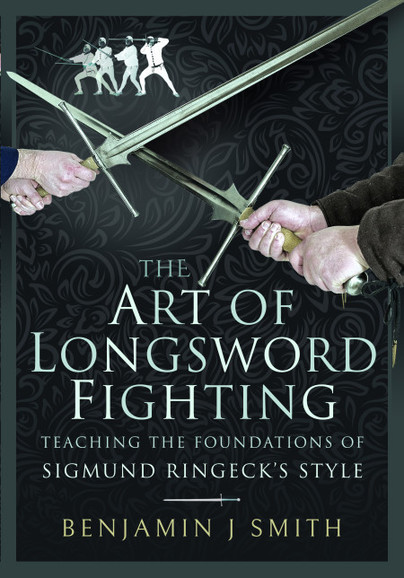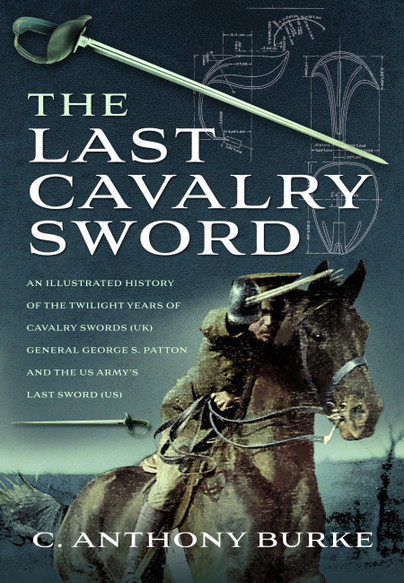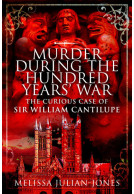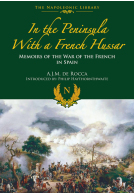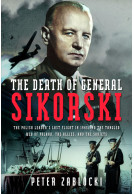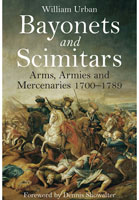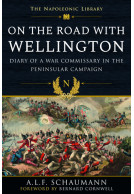The Art of Longsword Fighting (Hardback)
Teaching the Foundations of Sigmund Ringeck’s Style

Pages: 216
Illustrations: 250 colour illustrations
ISBN: 9781526768988
Published: 9th September 2021
(click here for international delivery rates)
Need a currency converter? Check XE.com for live rates
| Other formats available - Buy the Hardback and get the eBook for £1.99! | Price |
|---|---|
| The Art of Longsword Fighting ePub (4.2 MB) Add to Basket | £6.99 |
Historical European Martial Arts became a major international movement over the last two decades. Clubs and schools sprang up on every populated continent pursuing a wide variety of activities and styles. Because the movement is still so new many clubs lack people with experience researching, practicing, or teaching long dead martial arts.
In The Art of Longsword Fighting Ben Smith offers his interpretation of the foundational sections of the art of fighting with the longsword taught by Sigmund Ringeck, one of the preeminent masters of the Liechtenauer tradition. He offers his method of teaching it based on his twenty years of research into historical teaching methods, the evidence within Ringeck’s texts, and the writings of his contemporaries both inside and outside his tradition.
He lays out the concepts for understanding the structure and form of a martial art style, the process of physical research, the results of his research into the training methods of this particular style, and offers the most transparent published interpretation to date of the foundational section of Ringeck’s longsword style to show how he justifies his interpretation and teaching methods he recommends. All of this is achieved through a panoply of photographs showing each movement, along with explanatory diagrams, and explanations detailing how and when to introduce each next step in the curriculum, in a manner that is faithful to Ringeck’s style.
This book will help you understand this martial arts style as a complete entity, use current historical research effectively, and will prove invaluable to martial artists and researchers of the Renaissance era.
"Overall a very useful and excellent study, it is certainly worth reading."
Stephen Ede-Borrett, The Pike and Shot Society
Watch the review here
Dr Alexander Clarke
Rating: 5 out of 5 stars
NetGalley, Denise Wheelock
Very well written book with clear and precise pictures that serve as a guide for mastering stance and execution. I have not read another book in this subject matter before, but with the instruction in this book, I feel that it is one of the better selections you could make.
Featured on UK Historian
UK Historian
A solid, very well-researched guide to longsword fighting in the technique of the 15th century fencing master Sigmund Ringeck. While based on Medieval/Renaissance texts, mainly Sigmund Ringeck's manuals expanding on the Liechtenauer tradition, as well as later successors, such as Paulus Kal's guide, The Art of Longsword Figthing offers a surprisingly modern spin on the techniques, adapting and interpreting them for contemporary martial artists/fencers.
NetGalley, Ola Gruszczyk
The first part forms an introduction, into which Smith crammed plenty of information regarding the general philosophy of martial arts as well as technical details such as differences between various types of swords (bastard sword, longsword, and war sword), cutting techniques, tips on training, and even the amount of guesswork inherent in interpreting old manuals, every one of which presents a slightly different version of footwork, stance, defense/offense etc.
The second part goes in detail through various stances, indicating proper posture, and guiding the reader through the movements. It contains a wealth of information in the form of photographs and illustrations, depicting the correct body and sword positions, angles of cuts, etc.
Ringeck's style focuses on offense and incorporates defense into offensive techniques. Smith does a good job explaining the foundations of this style and elaborating the reasoning behind it; I for one feel quite convinced by it as it nicely dovetails with the general principles of martial arts: the economy of movement; the priority one's own safety over flashiness and/or prolonged combat, which can lead to unnecessary danger; the devotion to the perfect execution of moves.
The Art of Longsword Figthing is a meticuluously illustrated and detailed guide to fencing, but as Smith points out, it is only conceived as a help, and not the sole source of learning. One cannot learn swordfighting from books, but from hours and hours of physical drills.
I'll be definitely coming back to this book, going through the stances and sequences of steps in more detail. All in all, a valuable source of information for all interested in swordfighting.
This is an interestingly relevant modern primer based on medieval texts and includes quite a lot of in-depth background history and interpretation. The material is presented in a logical and accessible manner. The first section covers actual practice setup and execution - including core concepts and background info on style, safety (lots of good general info here with good takeaways for other styles and forms also), terms, training equipment, and learning new techniques. The second section covers the actual extant medieval writings left behind: general lessons, positioning, anatomy (neck, upper body, abdomen, etc), points of attack, and more.
NetGalley, Annie Buchanan
The instructions throughout are accompanied by photographs and clear line drawn illustrations. The captions in the photographs are illuminating and the author does a good job of illustrating the differences between different contemporaneous European schools of fencing and martial arts by comparing them to one another with regard to foot and body positions.
Four stars. Obviously this is a niche title - but it is a good choice for public library, re-enactors, SCAdians, RenFaire folks, students of military history, and allied audiences.
A very enjoyable book for anyone interested in historical swordfighting. It will be of use to the historical European martial arts crowd, those involved in swordfighting for the theatre, writers who want to understand how swordfighting works to make their own descriptions more believable, and people who just love the idea of swordfighting as an actual, practical art.
NetGalley, Bakka Phoenix
About Benjamin J Smith
BENJAMIN J. SMITH began training in historical European martial arts in 2000 at the age of 17. He earned his Masters Degree in Public History in 2008 from Washington State University, and achieved a certification to teach a dao style of Gao Baguazhang in 2012, under the tutelage of Robert J. Arnold. He began interpreting and teaching Sigmund Ringeck’s longsword style in 2009. In 2014 he moved to Boise, Idaho, and founded his current group, The Hilt and Cross, and has been teaching there ever since.
This book tells the story of the last sword ever designed by a major power for its army to use as a weapon, not as an article of a dress uniform. The sword was the U.S. Model 1913 Cavalry Saber; the designer was George S. Patton, then a lieutenant on the staff of the Army chief of staff. Patton participated in the modern pentathlon in Stockholm in 1912, which included fencing, coming fifth overall. No one in the U.S. Army could be better suited, therefore, to design its last major edged weapon. The Last Sword provides an illustrated overview of the history of cavalry swords and their employment…
By C. Anthony BurkeClick here to buy both titles for £47.00







